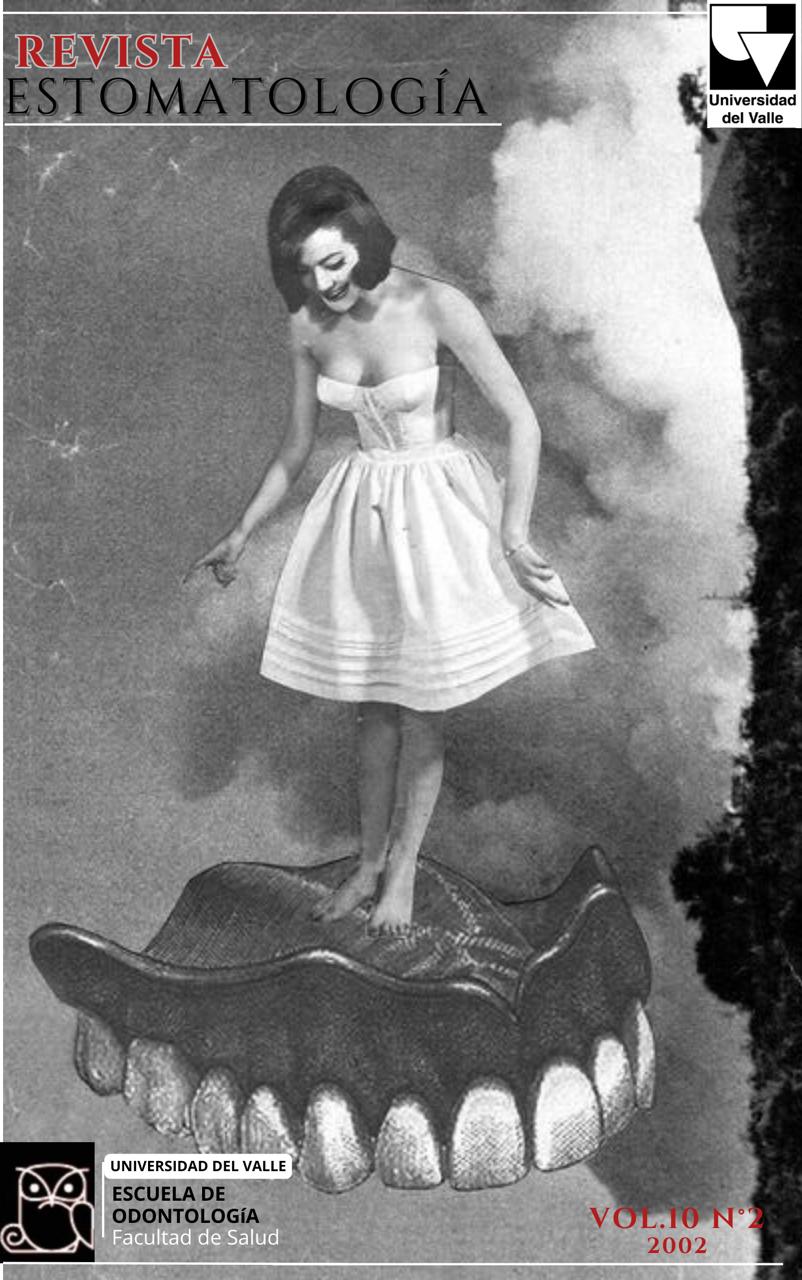Contaminación bacteriana de cepillos dentales en niños y sus padres: una cuestión de educación
Keywords:
Contaminación bacteriana, Cepillos dentales, Bacilos entéricos gram negativos, Bacterias periodontopáticasMain Article Content
Toothbrush contamination could facilitate transmission / translocation of pathogenic organisms between individuals and oral sites. The purpose of this study was to determine the bacterial contamination of toothbrushes in 40 families. One hundred and four healthy subjects were included in this descriptive study. Every individual was examined clinically and microbiologically using the CPITN index and collecting subgingival plaque samples. Each parent received a toothbrushfor home use and after one month they returned it to the investigators. Children received two toothbrushes, one used during the first examination and the other for home use which was returned after 1 month. All toothbrushes were cultured to determine periodontopathogens and enteric rods. Wilkoxon signed rank test and Friedman test (P = 0.05) were used to compare differences in the subgingival microbiota and toothbrush contamination among family members. Toothbrushes of most subjects resulted highly contaminated with enteric rods (P= 0.001) compared to the subgingival environment where periodontopathic bacteria were more prevalento The most frequent microorganisms found in toothbrushes used by parents and children for one month were Enterobacteriaceae and Pseudomonadaceae species (55%) and Fusobacterium species (30%). High levels of enteric rods were commonly detected in toothbrushes used for 1 month among families members. These opportunistic organisms may have an important role in oral infections including gingivitis and periodontitis.
Downloads

This work is licensed under a Creative Commons Attribution-NonCommercial-NoDerivatives 4.0 International License.
Los autores/as conservan los derechos de autor y ceden a la revista el derecho de la primera publicación, con el trabajo registrado con la licencia de atribución de Creative Commons, que permite a terceros utilizar lo publicado siempre que mencionen la autoría del trabajo y a la primera publicación en esta revista.

